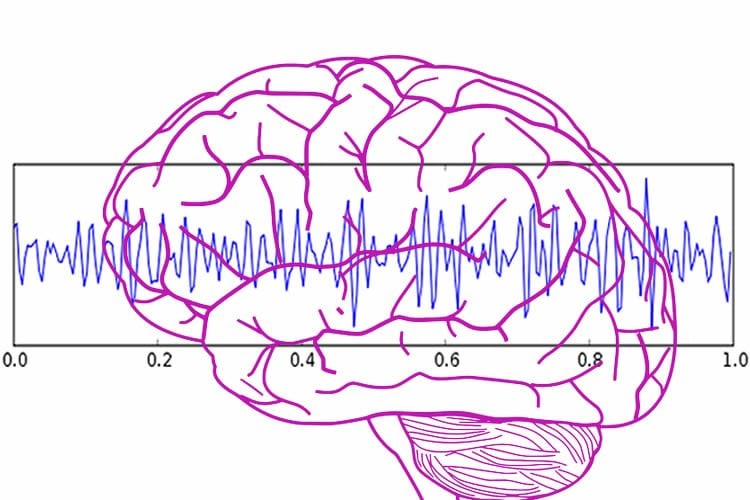High-frequency nerve signals let mice remember how to make the right move.
Information processing in the brain is complex and involves both the processing of sensory inputs and the conversion of those inputs into behavior. The passing of electrical oscillations between networks of neurons in different parts of the brain is thought to be a critical component of cognition as well as conscious perception and awareness, but so far there has been little direct evidence linking specific neuronal oscillations to discrete thinking and behavior events.
Jun Yamamoto and colleagues from the RIKEN–MIT Center for Neural Circuit Genetics have now detected a brief burst of nerve activity oscillating in two specific parts of the mouse brain just before a correct choice is made, either when planning an action or when correcting a mistake.
The researchers searched for evidence of specific neuronal oscillations by studying mice navigating a T-shaped maze with a reward at the end of one arm of the T. Just before trained mice made the correct choice of direction, Yamamoto and his colleagues observed a brief burst of synchronized high-frequency gamma waves oscillating in specific parts of the entorhinal cortex and hippocampus.

Yamamoto was fascinated to notice that the burst of gamma waves also occurred just before mice that had originally turned in the wrong direction realized their mistake and turned round. He called this the “oops” moment, and the results indicate that similar neuronal activity occurs when making a correct choice either immediately or on realization of an error. No such gamma-wave activity was detected when mice made the wrong choice without correcting it.
To further test the link between the gamma synchrony and the memory recall process, the researchers genetically engineered mice with light-activated ion channels that could block the gamma waves. When these channels were activated, the gamma waves ceased and the mice could no longer accurately choose the right direction or correct their wrong choices.
“Our work is telling us about how the brain recalls remembered information at critical moments,” says Yamamoto. “It suggests that synchronized gamma oscillations actually contribute to the animal’s correct choice rather than being a consequence of their choice.” The finding sheds light on the fundamental mechanism underlying the successful retrieval of working memory. Yamamoto now intends to see if these initial findings apply to other brain regions.
The results also provide new insight into the phenomenon of animal consciousness. “Our findings provide evidence that animals employ a behavior monitoring process called metacognition that typically requires conscious awareness,” says Yamamoto.
Contact: Jun Yamamoto – RIKEN
Source: RIKEN press release
Image Source: The gamma waves image is credited to Hugo Gambo and is licensed Creative Commons Attribution Share-Alike 3.0 Unported. The brain image is credited to openclips and is in the public domain. Image adapted by NeuroscienceNews.com
Original Research: Abstract for “Successful execution of working memory linked to synchronized high-frequency gamma oscillations” by Yamamoto, J., Suh, J., Takeuchi, D. and Tonegawa, S. in Cell. Published online May 8 2014 doi:10.1016/j.cell.2014.04.009






